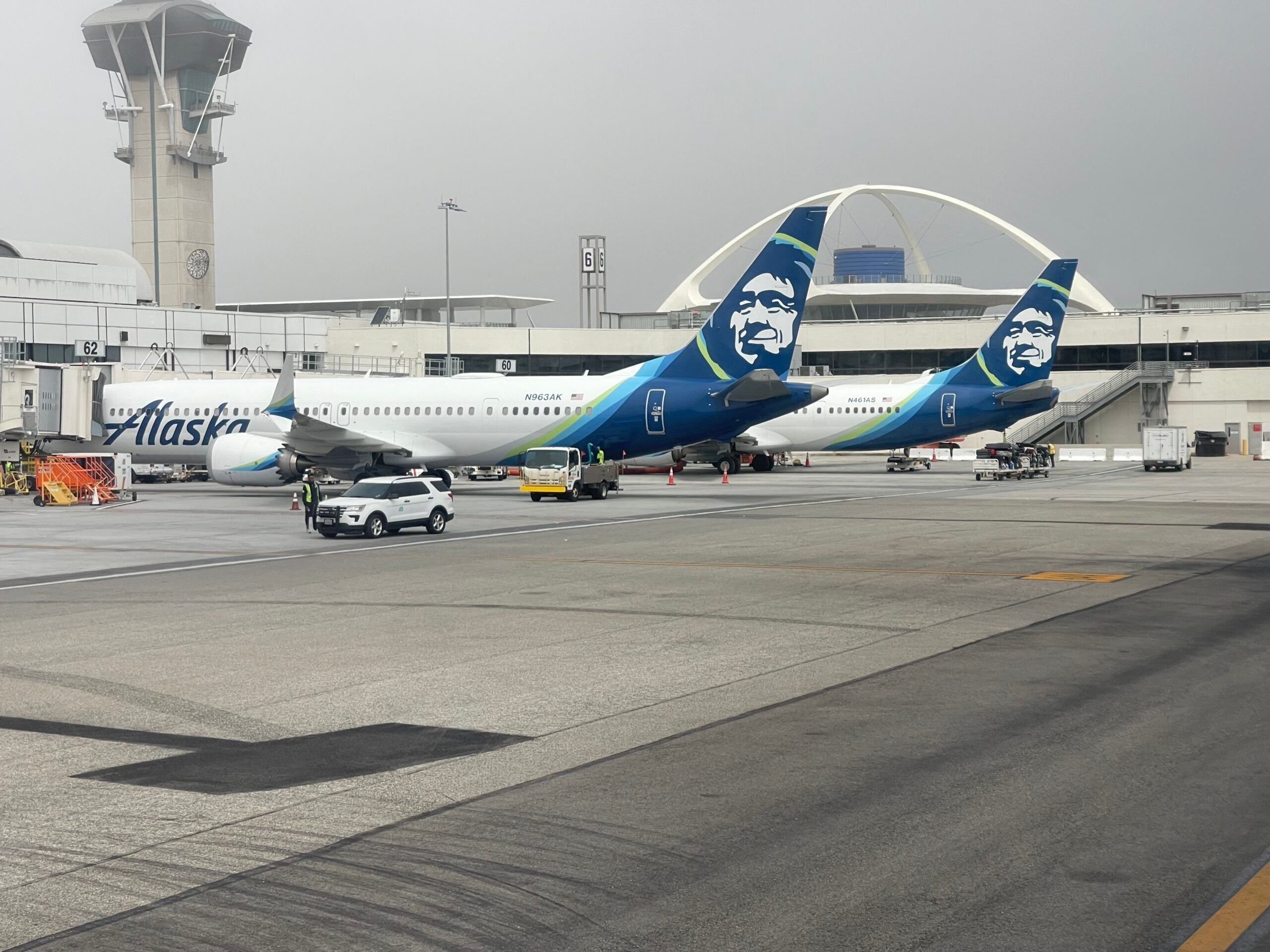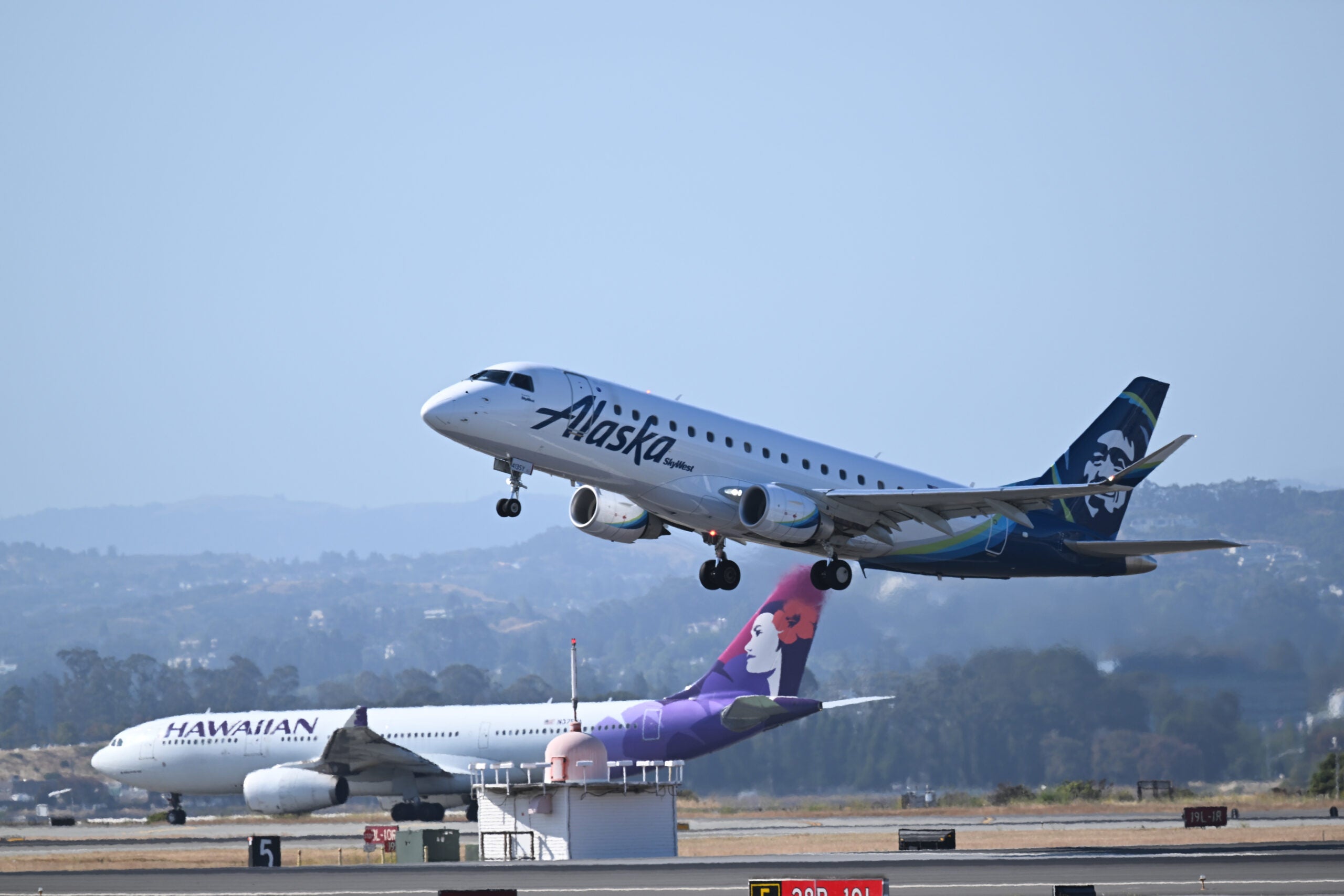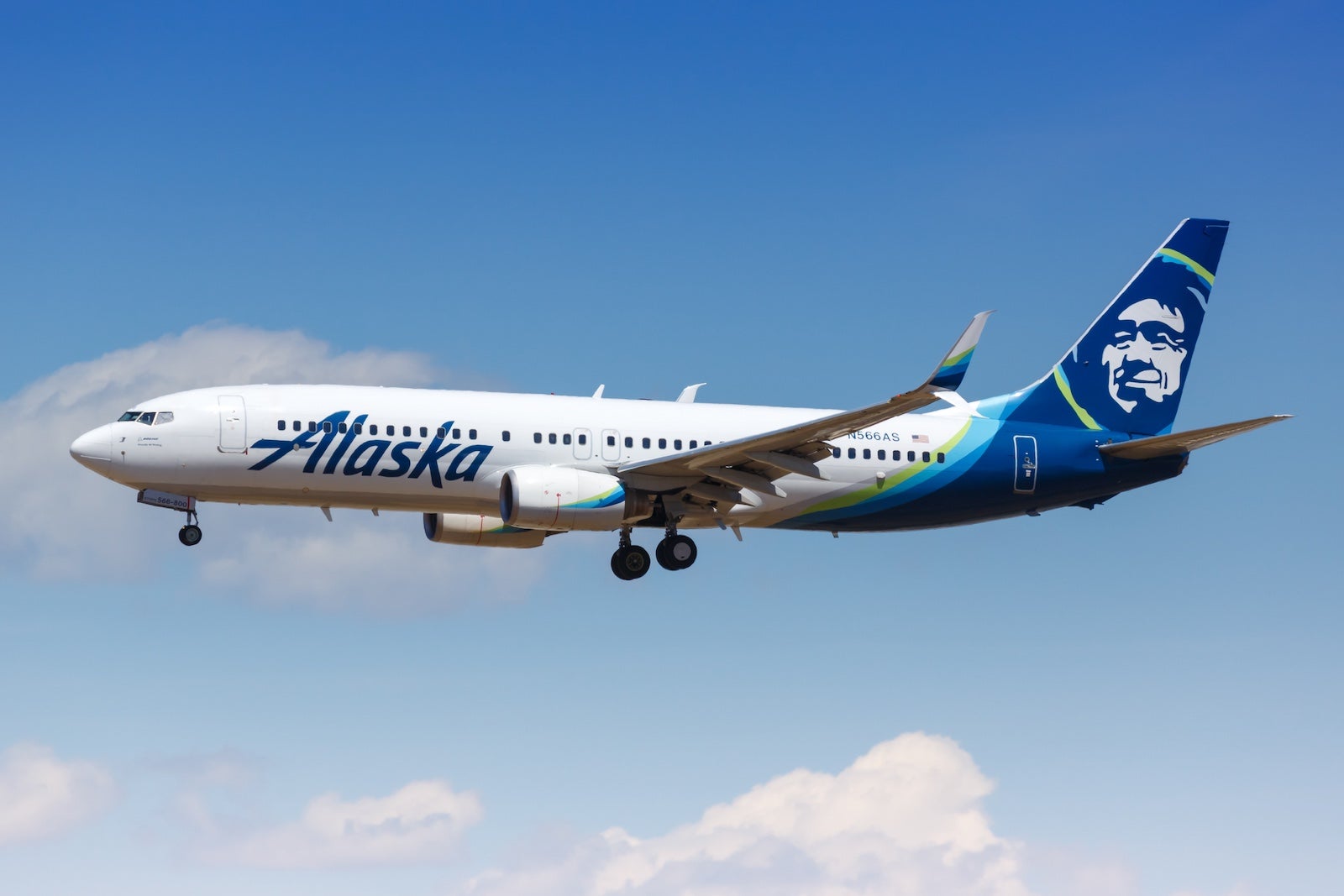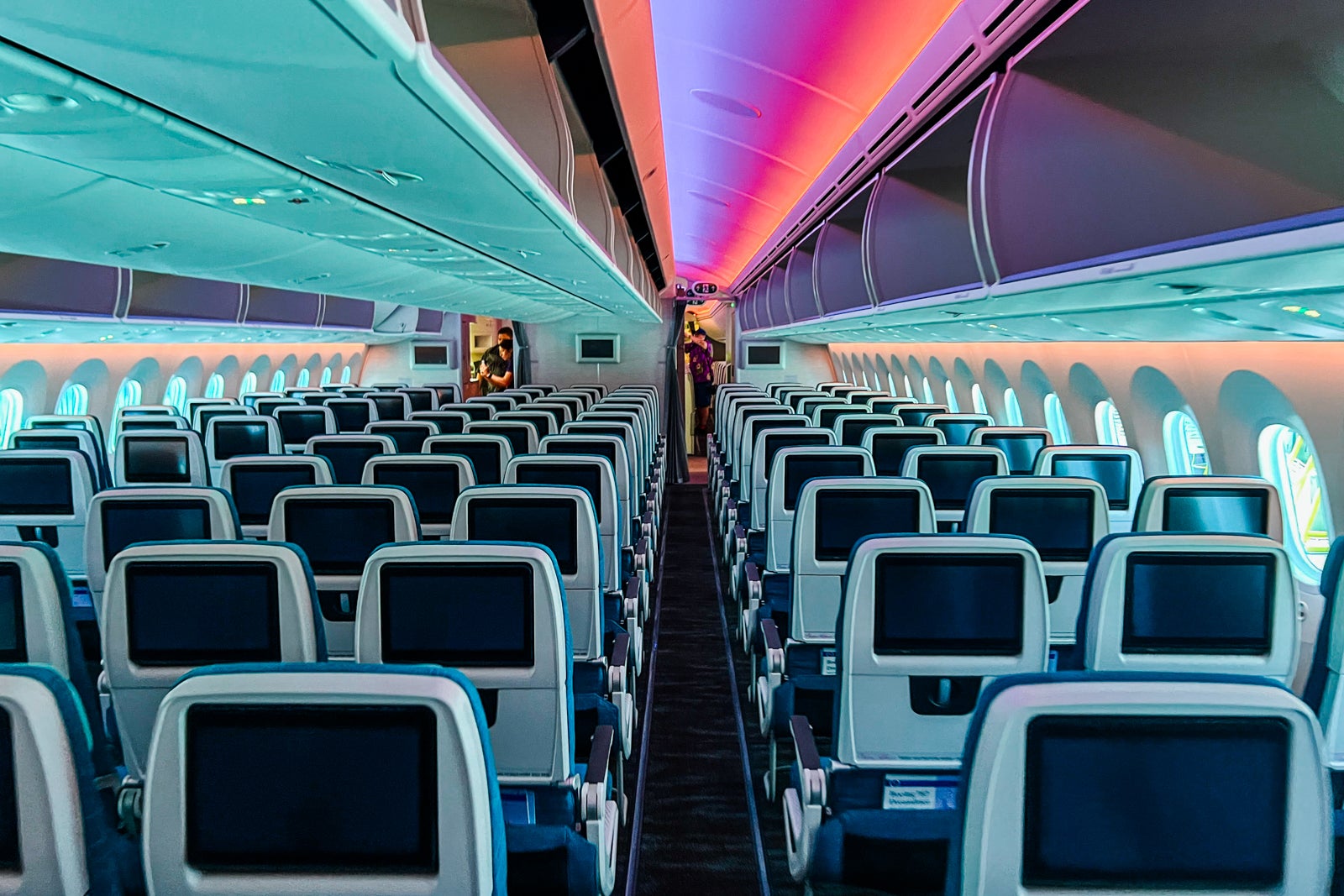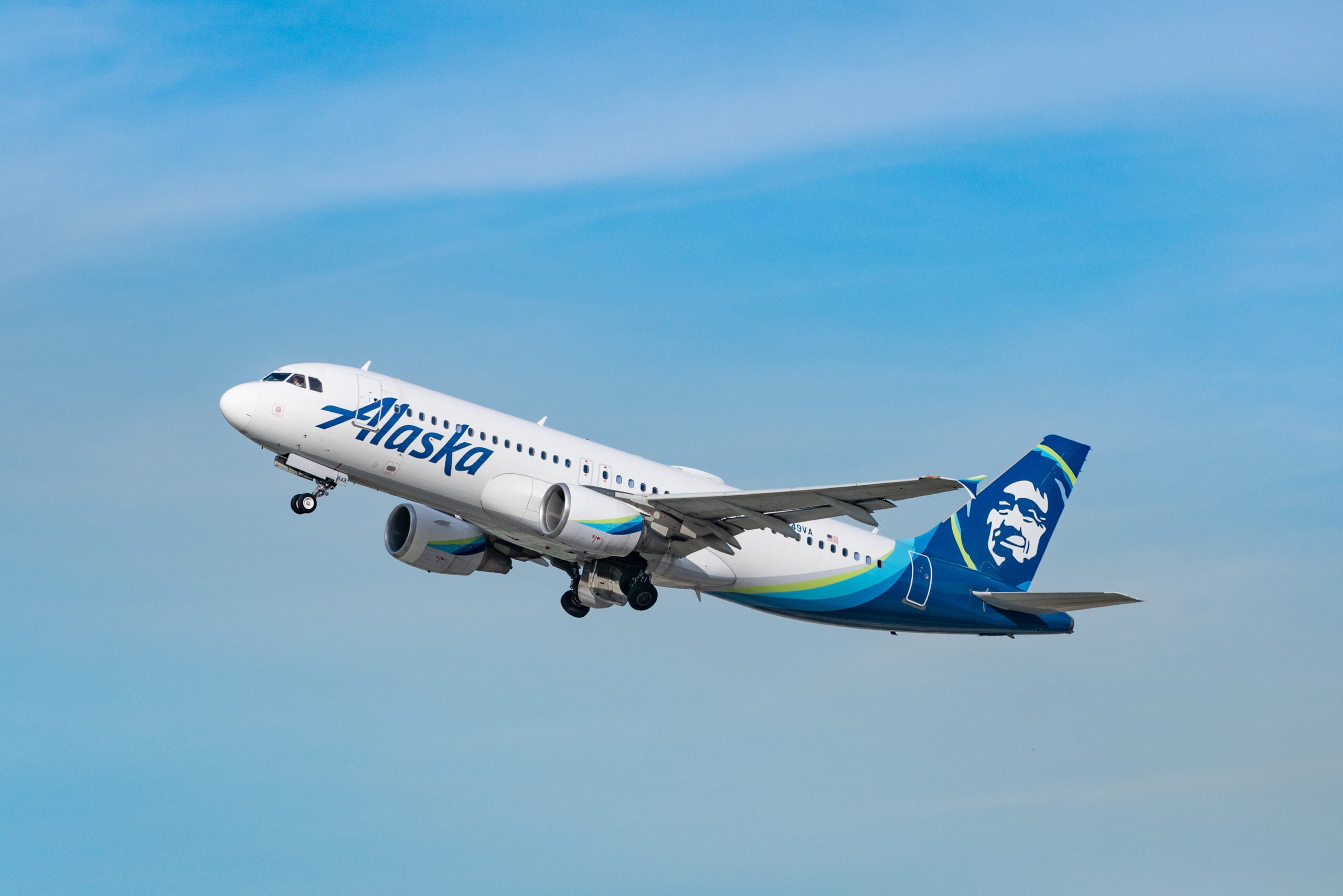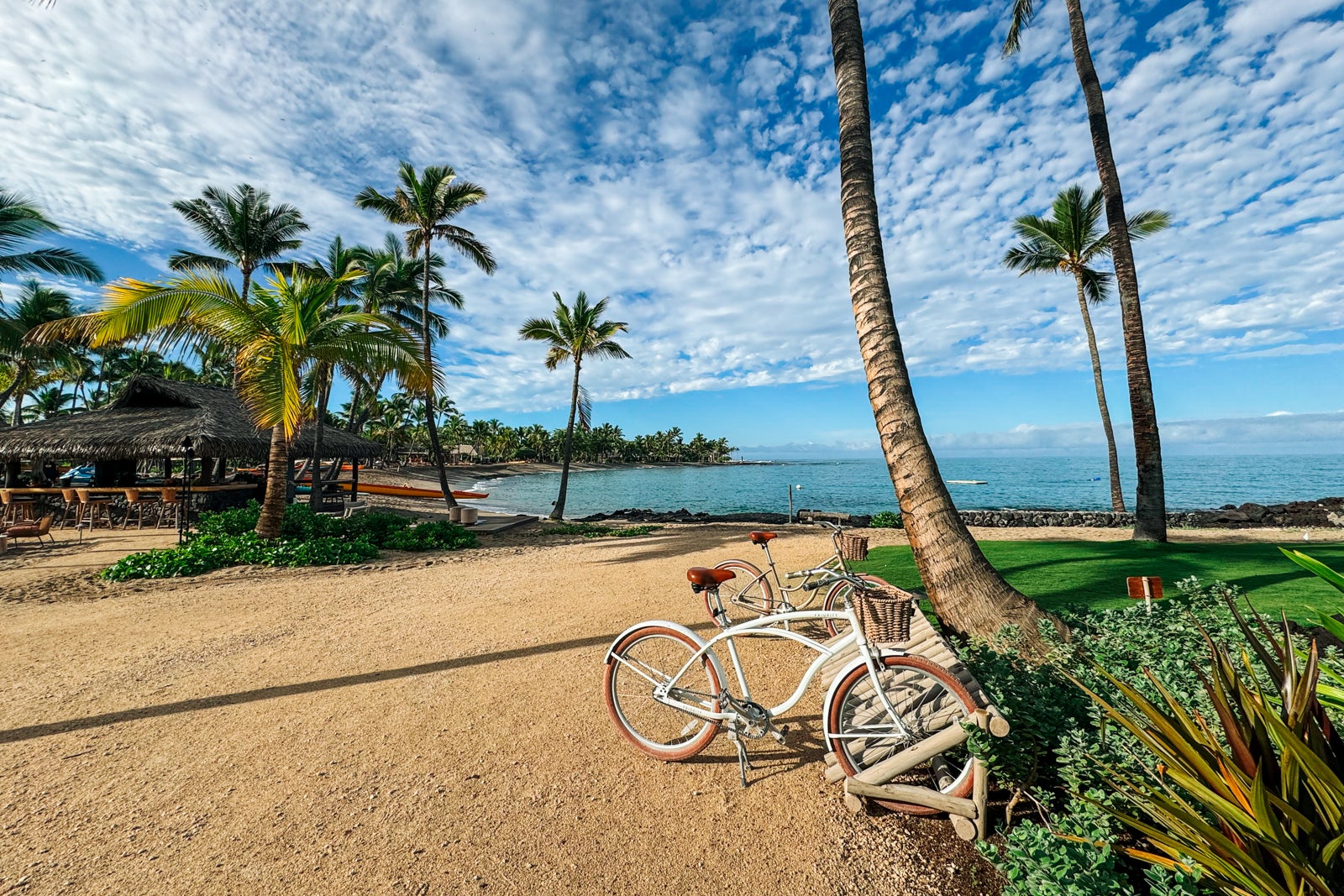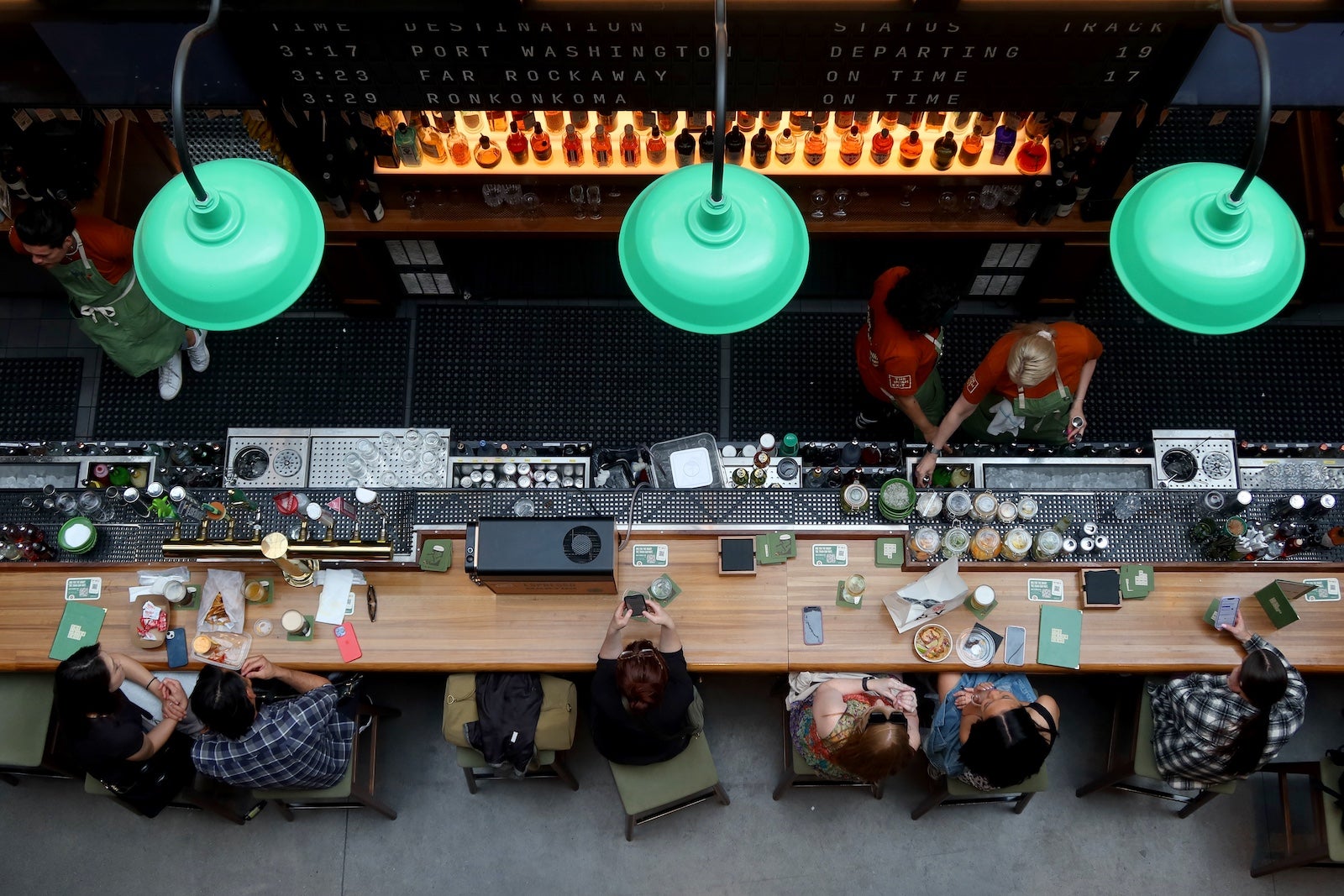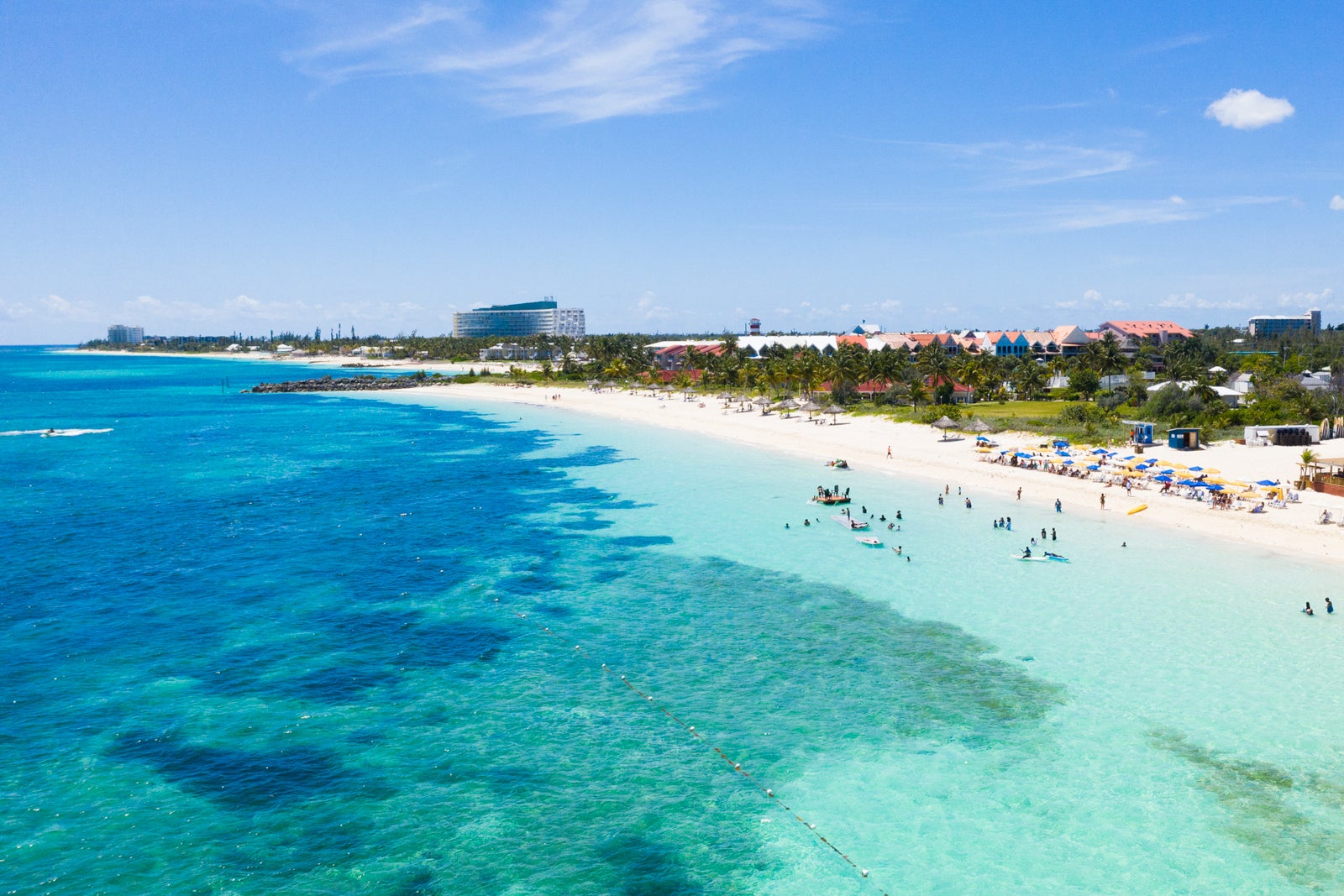Alaska Airlines loyalty chief talks joint frequent flyer program with Hawaiian Airlines
This week, Alaska Airlines announced sweeping changes to its Alaska Airlines Mileage Plan program. The overhaul will make it easier for customers to earn elite status and loyalty perks in 2025. Plus, the carrier revealed that customers should soon be able to book international itineraries aboard multiple Alaska partners through its website.
Yet executives make clear that these moves are only the beginning
In the coming months, Alaska expects to announce a wide range of additional frequent flyer changes as it plots a joint loyalty program in conjunction with newly acquired Hawaiian Airlines.
At this point, it’s too early to speculate on what a blended Alaska-Hawaiian loyalty program might ultimately look like. After all, whether it’ll even be called Mileage Plan remains in flux.
“That’s something we’re wrestling with,” said Brett Catlin, Alaska Airlines’ vice president of loyalty, sales and alliances.
However, Catlin is offering clues about how Alaska is thinking about the future frequent flyer program. Speaking to TPG this week, he touched upon the possibility of a new Alaska lounge in Honolulu, the long-term future of the carrier’s often-hailed award charts for mileage redemptions and its stance on letting customers transfer credit card rewards to the airline.
Building a joint loyalty program
Since announcing plans to acquire Hawaiian Airlines last December, Alaska Airlines executives have been steadfast: The two airlines will operate as separate brands, with the loyalty program serving as the self-described “connective tissue” between Alaska and Hawaiian.
Building a program like that is an unusual task for a U.S. airline. It’s far more common in Europe, where ongoing airline industry consolidation often sees one parent company (such as Lufthansa Group) control a slew of airlines that maintain their unique regional brands (like Swiss, Brussels Airlines and Austrian Airlines).
Might a program like Flying Blue, the joint loyalty program for sister brands Air France and KLM, be a model for Alaska’s plans?

Daily Newsletter
Reward your inbox with the TPG Daily newsletter
Join over 700,000 readers for breaking news, in-depth guides and exclusive deals from TPG’s experts
“I think you could take that and apply it to what we want to do,” Catlin replied.
“I think there’s others that are maybe even better that are outside of airlines, to be honest,” he countered, pointing instead to a high-profile, late-2010s hotels merger.
“If you think about [Starwood Preferred Guest] and Marriott, what they did with Bonvoy,” Catlin continued, “… the construct of bringing them together, having that ‘house of brands,’ is really interesting.”
Award charts future
One of the biggest questions Mileage Plan loyalists will undoubtedly have as the program continues to evolve concerns the future of Alaska’s award charts.
Today, Alaska Airlines sticks to fixed, predictable redemptions for Alaska-operated award flights and also sets benchmarks for partner awards based on the region of the globe. Notably, Alaska left that structure intact when it announced this week’s Mileage Plan overhaul, largely maintaining the allure of perhaps the U.S. airline industry’s most valuable loyalty currency.
The move also left Alaska as a bit of an anomaly among U.S. airlines, most of which have shifted to dynamic award pricing — a setup that makes points prices far more fluid since they’re tied to supply, demand and other algorithmic forces.
However, with big changes for Alaska’s loyalty program still on the horizon, the question lingers: Are Alaska’s award charts here to stay long term?
“I think what we’ve always valued is this idea of having a fair and transparent program,” Catlin said. “And there’s a role for award charts to play in that.”
But he also didn’t completely shut the door on changes down the road, perhaps leaning more heavily into some dynamic pricing features for its program. For instance, Catlin noted that the airline already offers higher-priced partner awards when standard award space fills up.
“I think there’s merit to that … because I know there’s people that are willing to spend more to get on the flight on the day they want,” Catlin explained. “I think, what you’ll see, is us skewing more towards … looking for opportunities where the flight might go out with a lot of empty seats but the fare is super high — I would love to make those seats available at, like, really compelling prices for our guests on a redemption basis.”
It’s worth noting that Alaska made concessions, including with regards to its loyalty program, over consumer protections to the Biden administration when it gained U.S. Department of Transportation approval to proceed with the Hawaiian acquisition. That might ultimately help protect members from a major mileage redemption hike if Alaska’s loyalty model undergoes future changes.
“We’re the fifth largest carrier in the U.S. We have to compete differently. One of the ways we compete is on loyalty,” Catlin said. “The idea is very much not to go … and ultimately [make] the currency less interesting.”
Not keen on credit card transfers
Today, there are several ways you can transfer flexible credit card rewards to Alaska Airlines.
Bilt Rewards points transfer to Alaska Airlines Mileage Plan at a 1:1 rate. More recently, the Hawaiian acquisition opened up a new opportunity for American Express cardmembers to transfer American Express Membership Rewards points to HawaiianMiles and then seamlessly move those miles to Alaska Airlines Mileage Plan.
In the long term, though, the airline isn’t exactly keen on allowing flexible credit card rewards transfers to its program — and it hopes to instead entice customers to use its suite of cobranded credit cards.
“Our intent is not to have a transferable currency where guests can earn across competitor cards, to be totally honest,” Catlin said. “And when given the opportunity to kind of close that door, we will.”
Value check: Are airline credit cards worth it anymore?
Is a premium credit card on the horizon?
With that in mind, might Alaska add a premium credit card to the mix?
Currently, the airline’s top consumer credit card is the Alaska Airlines Visa Signature® credit card, which carries a $95 annual fee. Each of the three largest U.S. airlines, though, offers higher-end cards with higher annual fees and more premium benefits, such as lounge access.
In recent weeks, Southwest Airlines and JetBlue have each announced plans to add their own higher-tier cobranded cards; in JetBlue’s case, that card will unlock access to its first-ever airport lounges.
What say Alaska executives?
“Our perspective is there is a lot of merit in that,” Catlin told TPG. “Nothing to announce today, but the idea of segmentation [of the card portfolio] makes a lot of sense from our perspective.”
Alaska’s future lounge plans
Alaska currently operates nine of its own branded airport lounges, mostly concentrated at its West Coast hubs. They include a new state-of-the-art facility recently unveiled at San Francisco International Airport (SFO).
It seems a good bet that more could be on the way in the wake of the Hawaiian acquisition, particularly with the establishment of a new Alaska Air Group hub at Daniel K. Inouye International Airport (HNL) in Honolulu — despite Hawaiian already operating its own outposts there.
“There is clearly an opportunity for us to go and create an experience that’s more reflective of what the Alaska Lounge portfolio looks like today,” Catlin said. “I know our lounge team is actively looking at that. There’s space in Honolulu, which is the good news. It’s just a question of how quickly you can get it done and up to the standards that Alaska guests are used to.”
Bottom line
It’s a time of significant change at both Alaska Airlines and Hawaiian Airlines for everything from operations to loyalty, as exemplified by one round of Mileage Plan changes in the books. More is expected to come over the next year as the company forms one joint loyalty program to encompass both brands.
That said, the changes unveiled this past week should prove to be a foundation for the future program, Catlin said.
“What we don’t want to do is introduce something that gets guests excited and then go and completely change it in six months,” he explained, noting the company expects a series of loyalty changes over the coming months but hopes to have the new program fully established within 18 months.
“We don’t want this to be an endless cycle of change,” Catlin said. “We do want to stabilize.”
Related reading:

